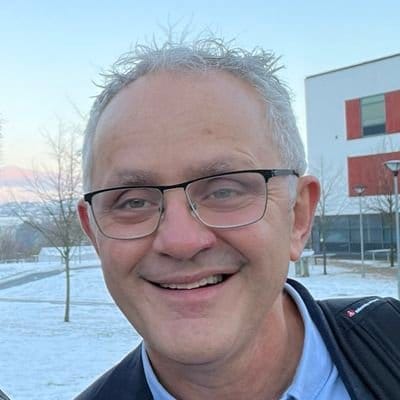I have been a teacher for 25 years, a Headteacher for 10 years and, at the age of 49, this much I know about asking less (but better) of everyone in school (aka coherence). Less is more, always. I think it is really important that we ask less of everyone in schools; when I say less, I mean reduce to the bone what we all need to do so that everyone single one of us can concentrate on making our teaching as good as it can possibly be. It follows that if we are asking less of people, what we do ask for has to be of an excellent quality. School improvement is not hard as long as you keep it simple and focused on what matters. I was lucky enough to have a chat with Tim Brighouse this week when he spoke to York Headteachers – few people talk as much sense as this Knight of the Realm. The jigsaw of a successful school is sharp stuff and if you haven’t read it, you can find it below:
Institutional coherence in schools stems from the accurate interpretation of your students’ performance. John Jacobs, one of the greatest ever golf coaches, used to say that the best way to interpret what was happening with your golf swing was to study the flight of your ball when you hit a shot. The parallel with teacher improvement is perfect – a forensic analysis of our students’ results using all the intelligence available (and with the examination boards’ on-line post-results services, combined with our understanding of the combinations of flesh and blood that produced those results, and copious amounts of our own wisdom and judgement, we have all we need) is a great source of evidence for understanding how we need to modify our teaching to improve our students’ performance. Keep the key processes of school improvement aligned. Begin by setting the school's strategic direction for improving teaching (click on the graphic below for our slender SDP 2013-16). Set a mid-term strategic overview, but monitor and evaluate annually. Once the strategic direction is set for the next three years, undertake on an annual basis an accurate interpretation of the examination results at school, department and individual teacher levels. Act upon your findings in a very measured, focused way:
Once you know what you need to do, don’t be diverted. All the Departmental development meetings for the year will focus upon the (no more than) three development priorities. Do the admin some other way and keep your teams focused upon the collaborative development of teaching skills. Every department can engage in the analysis without it being a burden. Click below for our PE department’s analysis of their students’ performance in 2013 and how their plans for the coming year are woven into the whole School Development Plan:
You can’t just wish teachers to be better. I don’t know if Tom Bentley has heard how I keep knocking on about a single phrase he uttered in a talk years ago at the NCSL, but his mantra is unbeatable when it comes to ensuring you have coherent focus in your school: Change your structures to accommodate your core purpose, rather than contort your core purpose to fit within your existing structures. Like increasing numbers of schools, we have two hours of CPD time every fortnight as well as our five standard training days – that’s 63 hours of CPD a year. In the 19 two-hour sessions departments can work on their development priorities. We have less than the recommended contact time with students, but since we introduced the restructured school timetable our results have got better and better. Less really can be more…
